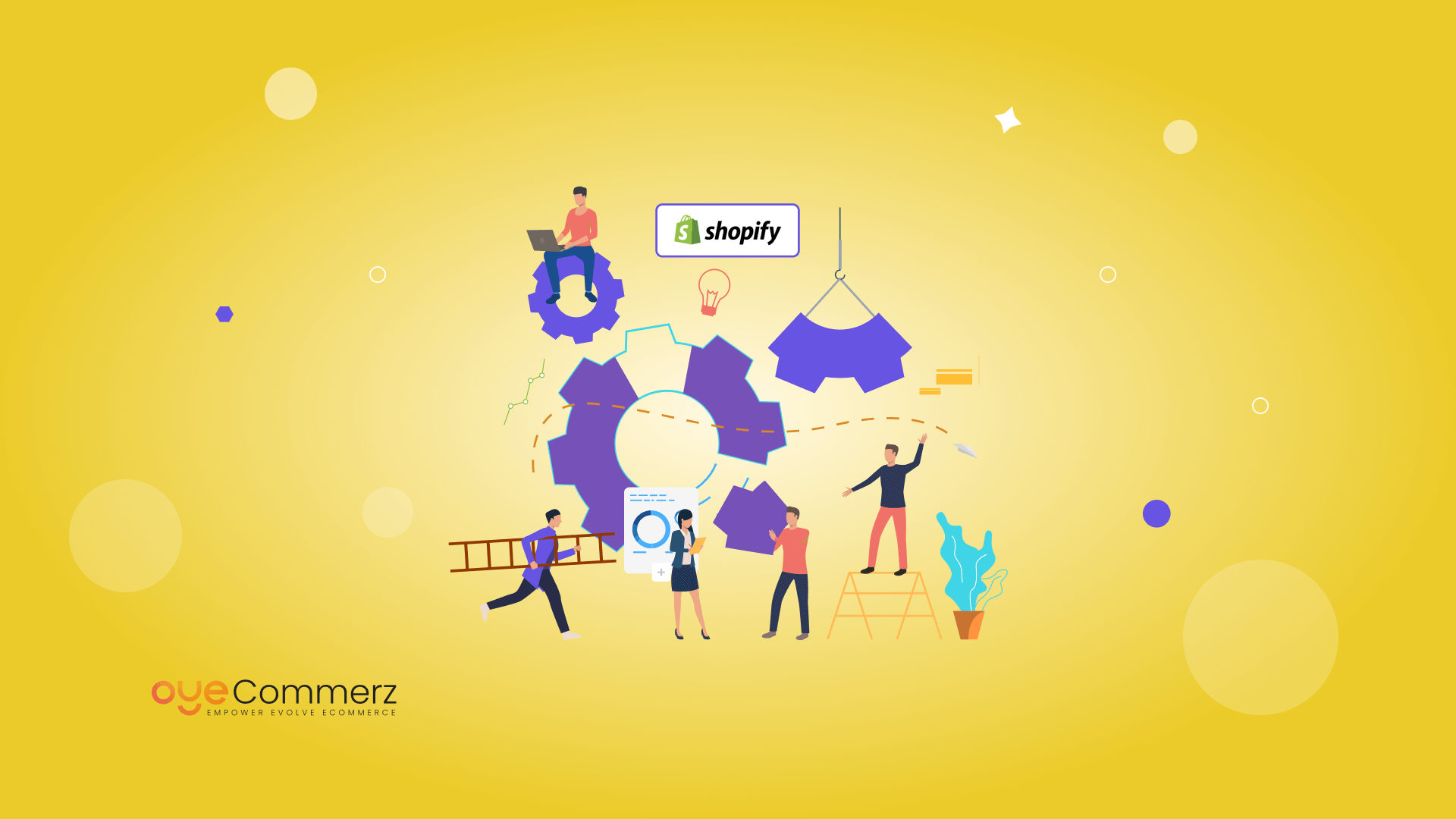
Introduction
In this highly competitive e-commerce landscape, Shopify merchants are continually looking for strategies to increase profits and improve their business processes. One powerful approach is through tailored Shopify apps tailored to address unique operational goals. Connecting with the Shopify API and leveraging resources like the Polaris design system, these solutions empower companies to scale efficiently while enhancing customer engagement. In this article, we’ll explore important facets of Shopify app development, from visual design concerns and key components to recommended strategies for supporting and scaling apps effectively.
1. Grasping Shopify API Linkage
A strong knowledge of Shopify’s Application Programming Interface—both REST and Graph Query Language—is essential for developing robust Shopify applications. With these APIs, developers can fetch, modify, and manage data within a Shopify shop. The GraphQL API offers efficient information processing, facilitating faster responses by obtaining only the required information. Connecting the API enables programmers to customize app functionality to the company’s particular demands, offering a smooth user experience that enhances business productivity and revenue.
2. Employing the Shopify’s Polaris framework
Shopify’s Polaris design system assists app creators to create a consistent and easy-to-use interface across Shopify apps. Polaris offers a suite of building blocks and guidelines that complement Shopify’s design language, creating apps feel cohesive within the Shopify platform. This strategy doesn’t just enhances natural customer touchpoints but also helps preserve branding uniformity, an important aspect in creating trust with clients.
3. Building within the Shopify Application Network
The Shopify app ecosystem is vast, allowing programmers to develop built-in Shopify applications that function in a business’s management system. Internal apps streamline the user experience by incorporating seamlessly within Shopify’s dashboard, eliminating the necessity for separate logins or further browsing. For creators, employing Node.js for backend tasks and React.js for the front end has emerged as a favored option, as such tools enable growth-ready, responsive applications that deliver an high-quality user experience.
4. Key Elements for Shopify Applications
A successful Shopify application requires functionalities that tackle important issues in the customer shopping experience. Automated app features for Shopify notifications for immediate alerts, custom theme adjustment features, and omnichannel retailing options are critical elements that can improve operational control and customer experience. By adding these functions, Shopify applications don’t just streamline in-house tasks but also improve the overall customer experience.
5. Effective Approaches for App Development
When creating Shopify apps, it’s essential to adhere to industry best practices. App maintenance strategies such as consistent improvements, user assistance, and security patches are vital for maintaining customer loyalty. Online visibility strategies for Shopify applications can also be utilized to boost app exposure and adoption. User retention strategies, like push notifications and reward systems, are key for keeping customers and fostering a dedicated following.
6. Scaling Shopify Applications for Success
As Shopify businesses scale, scaling apps becomes critical to manage increased traffic and functionality demands. Adopting on-demand resources and emphasizing efficient data handling through GraphQL can help apps scale without performance issues. It’s also necessary to have a strategy for growing the app’s backend systems to handle growth, that involves a guide for selecting a development partner with background in Shopify applications.
7. Understanding the Expense of Developing Shopify Apps
Developing tailored Shopify apps can differ widely in price depending on the functions, linkages, and unique adjustments needed. Fundamental functions like backend linkages, user interaction elements, and promotional features can increase expenses. However, the profit potential is often worthwhile, as these applications can immediately enhance profits and simplify business processes.
8. App Maintenance Strategies
Sustaining application performance is equally necessary as initially building it. Ongoing improvements to resolve errors, enhance protection, and ensure compatibility with the latest Shopify platform updates are key. Proactive app maintenance strategies also involve client help and feature enhancements that keep up with the digital retail landscape.
9. Platforms for Creating Shopify Applications
Shopify provides a variety of resources to simplify the development process, from software platforms like Node.js and React to automated notifications for real-time updates. Platforms including Shopify’s CLI simplify the coding process, while Shopify App Bridge facilitates integrated applications to connect easily with Shopify’s control panel. These resources are essential for developing solutions that are both operational and user-friendly.
10. Emerging Trends in Shopify App Development
The prospects of Shopify application building is exciting, with new directions heading in the direction of AI-powered features, improved cross-channel functionality, and improved app extension options. As online shopping progresses, app creators will have to keep up with new directions to develop solutions that don’t just meet but surpass user expectations.
Conclusion
Personalized Shopify software provide a powerful method for digital retailers to expand with ease, increase revenue, and streamline operations. From connecting with data interfaces and the design standards to core elements and support methods, all factors of Shopify app tools for building Shopify apps creation plays a important role in ensuring a seamless interaction for users. As Shopify moves forward, anticipating upcoming innovations in software building will allow organizations fully utilize Shopify’s powerful ecosystem, solidifying their standing in the online shopping landscape.